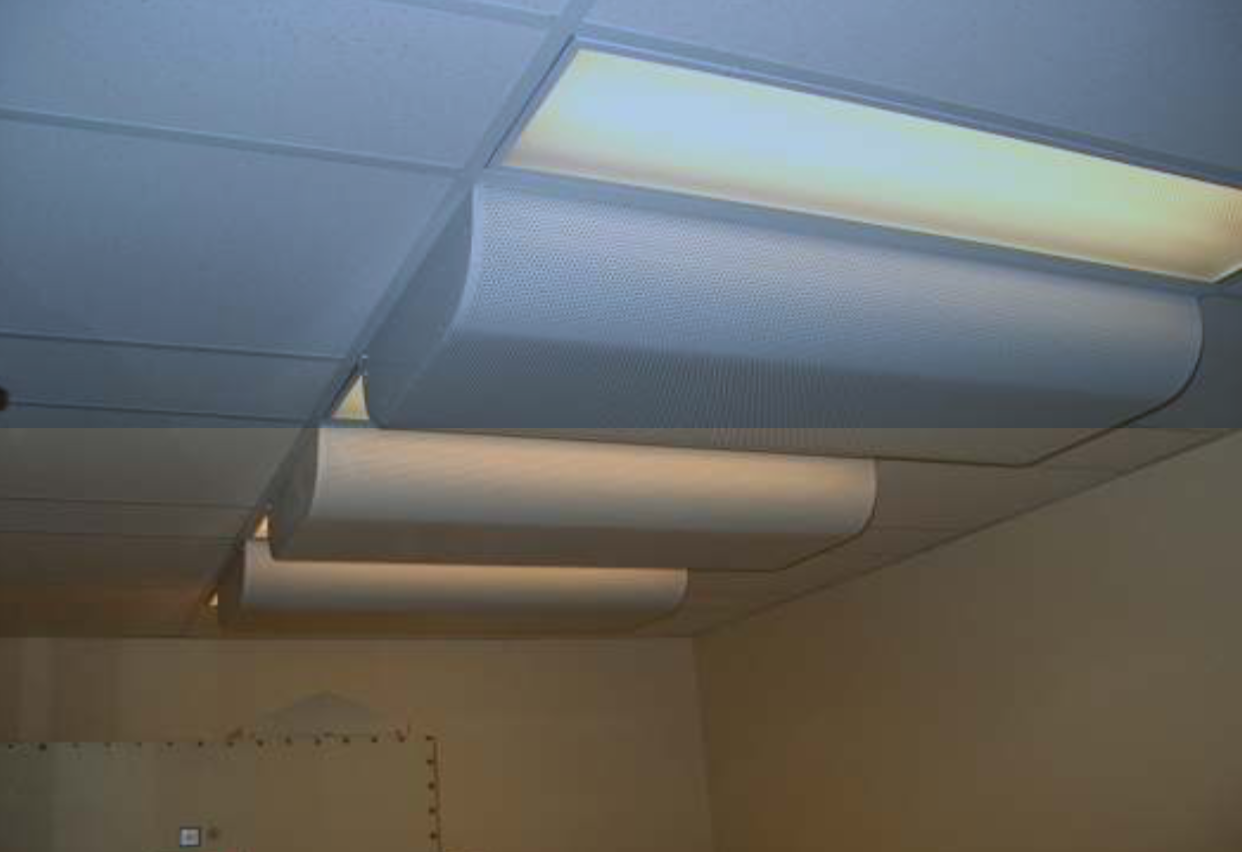In this era of heightening workplace health and safety concerns, the need for reliable fume hoods that constantly deliver high containment in real world conditions is greater than ever.
One of the biggest contributors to poor fume hood performance is supply air grill type and location. Many times, I receive a call from job sites about a fume hood with performance problems. Sometimes the alarm cannot be calibrated or the face velocity variation is substantial and the hood cannot be certified. After a brief conversation, the truth emerges: Another brand new laboratory with poorly designed supply air systems.
Most ventilation engineers have a clear understanding of the exhaust volume requirements and normally the problem is not an issue of the quantity of supply air, but rather the velocity and location of the supply air.
Locate grills as far away as possible
The key concept is to locate the grills far away from the fume hood face so as to minimize the turbulence near the fume hood. In addition to reducing turbulence in front of the hood, the air moving through the entire length of the lab from supply air grill to fume hood will tend to sweep the lab of contamination. Some engineers who do not specialize in laboratories seem to have the idea that since the fume hood is where the air is going, it should be supplied immediately in front of the fume hood. When combined with high velocity grills designed for offices, this can lead to extremely poor fume hood containment.
All grills are not created equal

Special types of supply air grills are available for laboratory use. Known as Radial diffusers, these are normally larger than standard office grills and feature a surface of fine perforations. There are a number of companies that manufacture these diffusers. Some of these manufacturers have the capability to perform extensive testing in simulated laboratory conditions to ensure performance in the real world.
More IS better
Most guidelines state that the terminal velocity of supply air should be one third to one half of the face velocity of the fume hood. This means that supply air grill area should be at least double that of the fume hood face area. A good rule of thumb is that a standard six foot hood should have a minimum of two supply air grills, each measuring two by four feet. As the grills are placed further away from the fume hood, the real requirement is not as stringent. High velocity, office type grills can be used successfully when they are located 20 to 30 feet away from any fume hoods. But since air is always flowing into the laboratory, heated or cooled, this can cause discomfort to those working near the grill.
Although the effect of supply air grill location has been studied and papers have been published, engineers and contractors continue to make mistakes in the selection and location of supply air grills in laboratories.
About the author: Andrew Sinnamon has been involved in fume hood design, development and testing for 20 years as Mott Manufacturing’s Fume Hood Specialist. He is a Mechanical Engineering Technologist and a full member of ASHRAE. Mr. Sinnamon has served with the Canadian Standards Association on the Fume Hood committee.
Courtesy –Andrew Sinnamon Technical Specialist, Mott Manufacturing Limited 6 December 2008
